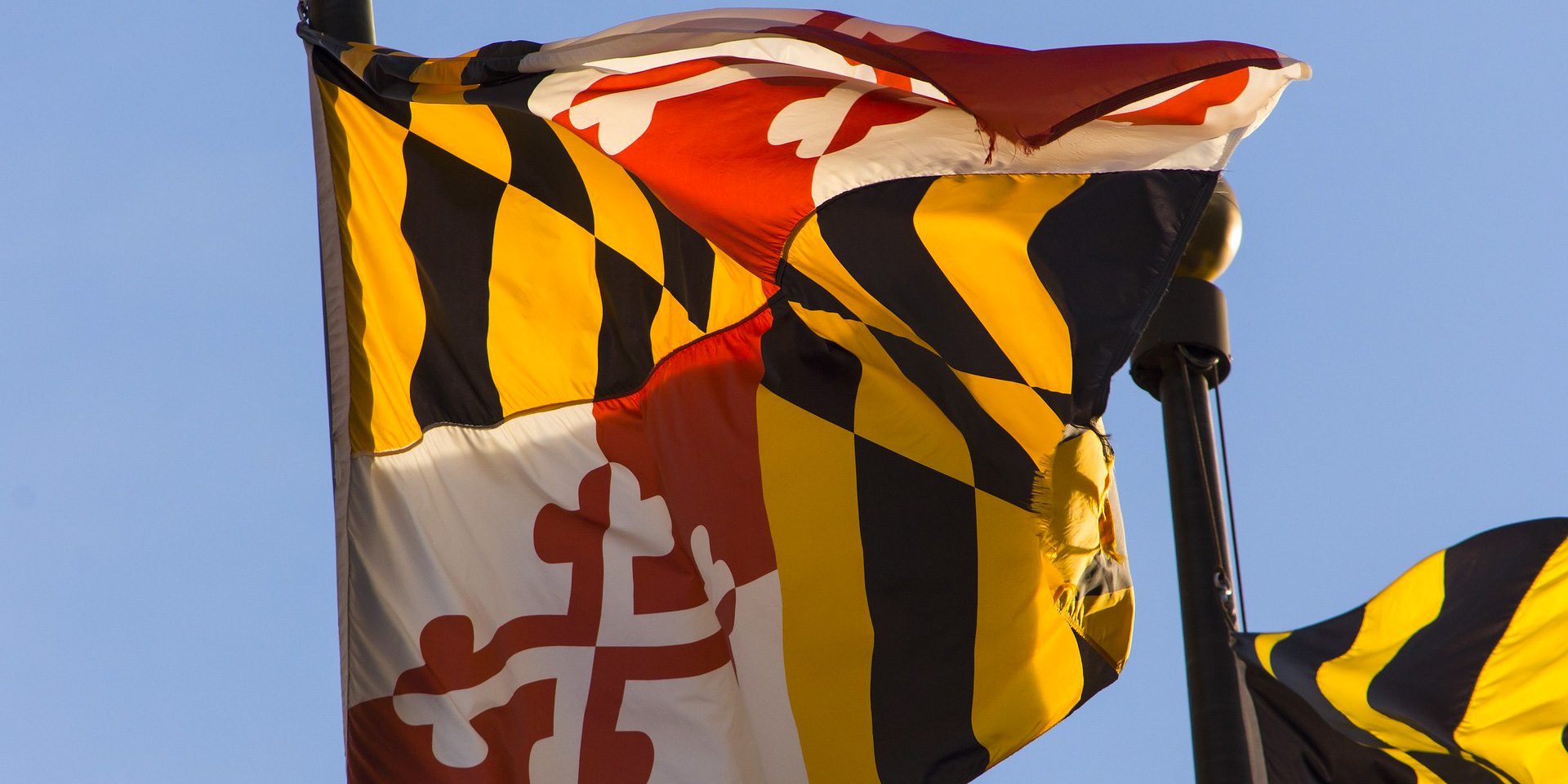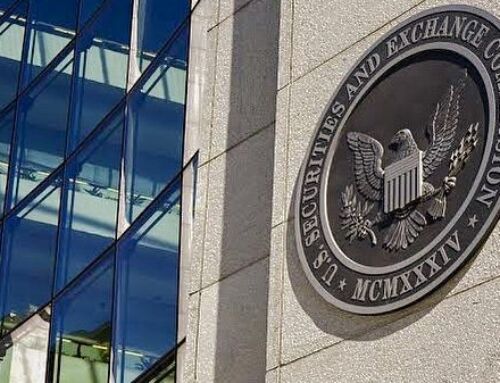View by Topic
Recent Articles
-
Congress Blocks California’s Gasoline Car BanSaturday, May 31st, 2025
-
EPA Will Keep Current Limits for “Forever Chemicals” in Drinking WaterSaturday, May 24th, 2025
-
Court Indefinitely Pauses SEC Climate Rule LitigationSaturday, May 17th, 2025
-
Maryland is About to Regulate Mold But is the Cart Before the HorseSaturday, May 10th, 2025
View by Month/Year
“Green Building Law Update” Headlines
Recent Articles & News from
Stuart Kaplow’s blog
at GreenBuildingLawUpdate.com
- Congress Blocks California’s Gasoline Car Ban: A Legal and Policy Analysis June 1, 2025
- EPA Will Keep Current Limits for “Forever Chemicals” in Drinking Water May 25, 2025
- Court Indefinitely Pauses SEC Climate Rule Litigation May 18, 2025
- Maryland is About to Regulate Mold: But is the Cart Before the Horse? May 11, 2025
Subscribe to the Green Building Law Update!
Stuart Kaplow brings his expertise and extensive experience to the table with his unique digital publication, "Green Building Law Update". Subscribers receive regular updates to keep them informed about important issues surrounding Environmental Law, Green Building & Real Estate Law, as well as the emerging demand for Environmental Social Governance (ESG).
Get fresh content through the lense of Stuart Kaplow's cutting-edge expertise, innovative commentary and insider perspective. Don't miss another issue! Subscribe below.

Maryland Releases Draft GHG Regulations to Implement SB 528
In a proactive move toward reducing greenhouse gas emissions from buildings in the state, the Maryland Department of the Environment has today released draft regulations to implement key aspects of Senate Bill 528 of 2022 – The Climate Solutions Now Act of 2022.
This blog post explores the implementation of SB 528, highlights some major elements of the draft regulations, and discusses the potential impact of these measures on the environment and businesses in Maryland.
Understanding Senate Bill 528:
The Climate Solutions Now Act of 2022 is the most rigorous state law in the country reducing GHG emissions when among other requirements the 104 page enactment requires MDE to develop standards for buildings that achieve:
- A 20% reduction in net direct GHG emissions by January 1, 2030, as compared with 2025 levels for average buildings of similar construction and;
- Net zero direct GHG emissions by January 1, 2040.
All buildings 35,000 square feet or larger (excluding the parking garages) are covered by the statute. Only certain historic properties, public and nonpublic elementary and secondary schools, manufacturing buildings, and agricultural buildings are exempt. Owners of covered buildings must report GHG emission data to MDE each year beginning in 2025.
Major Elements of the Draft Regulations:
It is in and of itself, a huge positive that MDE has invited stakeholders to provide comments before MDE begins the formal regulation promulgation process, including the act of publishing the regulations in the Maryland Register.
And the task itself is also huge to be the first state to regulate carbon. Again, what is proposed in these draft regulations is not the mere ‘reporting’ of GHG emissions, like other Building Energy Performance Standards adopted in cities and localities elsewhere in the country, but that buildings report now and begin to reduce emissions in the short term on the way to net zero GHG emissions before 2040.
In 5,715 words, MDE has accomplished a lot in what has already been characterized as very good regulations. But this is an entirely new area of government regulation; no government has ever done this before! So, maybe the risks to the state economy associated with regulating carbon in an estimated 9,000 to 12,000 commercial buildings across the state, are such that very good regulations are not good enough and maybe the implementing rules need to be great.
It is difficult to determine how the regulations are intended to work because another document, MDE Technical Memorandum 23-01 (.. that includes key definitions and processes) has not been released, and references to that Memo are scattered throughout the 19 pages of regulations.
The draft regulations present a broad breath of modest questions both about what is included and what is not. Maybe the most significant included item is the selection of Energy Star Portfolio Manager as the only benchmarking tool both for the calculation and reporting of GHG emissions. Only allowing the use of Portfolio Manager will be damaging to a building that reduces its GHG emissions by for example 20% by 2030 but still does not qualify under Portfolio Manager. Also for example, why when the statute does not exempt federal buildings do these regulations (.. when the federal government often enters into memoranda agreeing to comply with state and county land use rules), when federal buildings may need to be included for the state to meet its overarching 2045 net zero target?
It has been suggested that there is no language about preemption over local government BEPS programs, like the one in Montgomery County. Some have pointed out there is no waiver or variance procedure, something that would administratively allow flexibility and adaptability to the many building types and could cure the ills of the application of this new regulatory scheme (e.g., think about buildings that for security reasons cannot report). There are no provisions about GHG emission data privacy and the regulations appear to mandate nonsecure reporting of data on the closely related topic of who owns that GHG emission data. And the draft appears devoid of the required special provisions and exemptions including where a tenant owns the HVAC equipment and the like instead of the building owner, or when individual condominium unit owners own their mechanical equipment, but the building owner is subject to this law.
One of the early criticisms of this regulatory scheme, but not necessarily of these regulations themselves is the aim of saving the planet with these GHG emission reductions to the detriment of advancing environmental justice or social equity.
Potential Impact on Maryland:
Make no mistake this statute and its implementing regulations will reset the trajectory of Maryland’s economy, making sweeping changes to the Old Line State’s already tough climate change regulatory scheme when it requires the State to achieve net zero statewide GHG emissions by 2045, and covered buildings must be net zero before 2040!
The implementation of the new statute through the proposed draft regulations will have a significant impact across literally every business sector in Maryland, not just the commercial real estate industry, but every business that owns or rents a commercial space or does business with someone in the state.
Rather than treating these regulations as a draconian mandate, businesses should treat this as an opportunity to gain a competitive edge, embracing the behests of tenants, employees, and other stakeholders, as Maryland businesses become national leaders in environmental social, and governance stewardship.
Conclusion:
MDE’s release of draft regulations to implement this built environment portion of SB 528 represents a crucial step toward realizing the state’s climate change policy objectives and demonstrating effective governance of what will be greatly impacted constituencies including the evolving needs and challenges faced by Maryland businesses and residents alike getting to net zero.
And now the stakeholders need to do their part and react to these draft regulations.
MDE advises that comments are to be provided by way of an email transmitted letter on letterhead. And “.. if you would like to suggest changes to the draft regulation language, please specify the section and page number and include the current draft language with your proposed language. Email it as an attachment to BEPS.MDE@maryland.gov by 5:00 PM June 5, 2023.”
These brief 19 page regulations belie the fact that the implementation of SB 528 is the largest and single most impactful regulatory program, ever, in Maryland. These proposed regulations provide guidance, enforcement mechanisms, and stakeholder engagement to facilitate accountability and compliance with the underlying policies seeking a positive impact on climate change. By translating the legislature’s most aggressive in the nation GHG emission reduction statute into actionable measures, MDE has demonstrated the Executive branch’s commitment to addressing these critical issues and fostering a prosperous future for its residents and businesses alike. The implementation of this component of The Climate Solutions Now Act of 2022 through these GHG emission regulations will undoubtedly shape the state’s trajectory by decarbonizing the economy. The question is, did MDE strike the right balance in these proposed regulations? You should read the draft regulations and comment, and we would be pleased to assist in preparing those comments to protect and advantage your business.
A live webinar “Do You Own Your GHG Emission Data,” 30 talking points in 30 minutes, Tuesday, May 23 at 9 am EST presented by Stuart Kaplow and Nancy Hudes on behalf of ESG Legal Solutions, LLC. The webinar is complimentary, but you must register here.
For those who may be attending the MSBA Legal Summit in Ocean City, Maryland, Stuart Kaplow and Nancy Hudes will be presenting “Maryland is the First State to Regulate Carbon” on Thursday, June 8 at 1:30 pm EST. You can register here.









